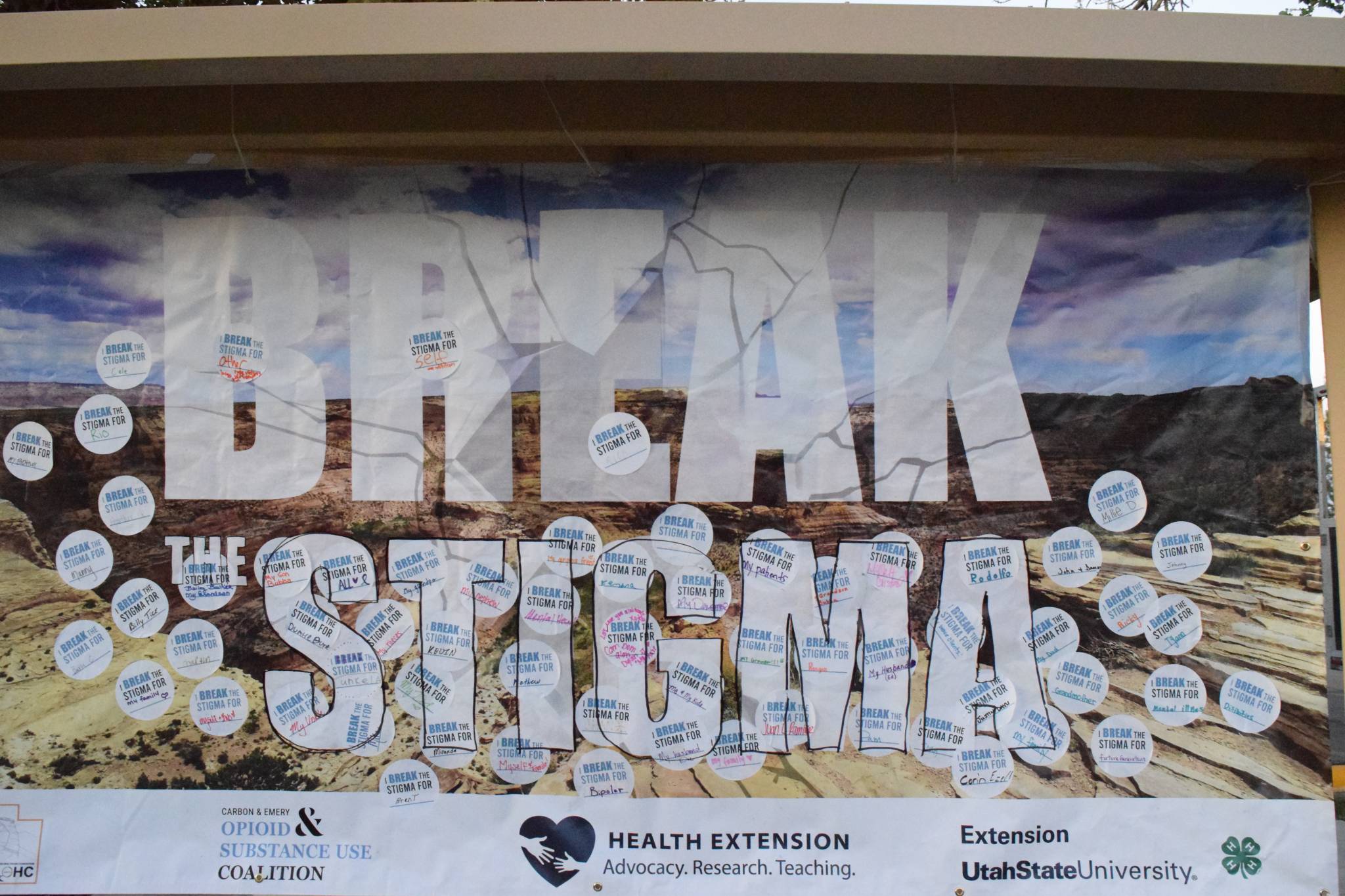USU Extension Press Release
It is not uncommon for mental health disorders and substance use disorders to coincide. September is a month designated to raise national awareness and discussion and provide resources for both.
“People can experience these concerns simultaneously, or one disorder may put a person at risk for the other,” said Ashley Yaugher, Utah State University Health Extension: Advocacy, Research, and Teaching (HEART) Initiative faculty member. “Furthermore, people can experience thoughts of suicide while using substances with high toxicity levels. This awareness month highlights treatment, hope, and recovery resources for our residents and communities.”
Yaugher said the HEART Initiative’s mission is to educate and reduce deaths caused by substance use disorder, overdose, and suicide. Initiative team members have spearheaded and collaborated on community prevention efforts since 2018, including suicide prevention trainings, community walks for suicide prevention, prescription take-back days, recovery day events, and harm reduction trainings.
“The HEART Initiative targets populations at greatest risk – including veterans, chronic pain patients, youth, those with mental health or substance use disorders, and those who experience depression or hopelessness, among others,” she said. “Programs are offered statewide to help address these challenges and are open to all. We also offer naloxone training for the lifesaving medication that temporarily reverses an opioid overdose so people can get emergency service support.”
Tim Keady, a USU HEART Initiative faculty member, said several organizations, including USU Extension, Utah Naloxone, IHC, and local health departments, offer naloxone training.
“With the addition of fentanyl to the substances in our Utah communities, we need naloxone training more than ever,” he said. “The training takes approximately 30 to 45 minutes and can help save the life of a family member, friend, or stranger. I have seen the difference it can make between the person who receives it and the person who provides it. It is lifesaving and life-changing for both.”
Yaugher said hope and healing are possible through the many resources available. During National Recovery Month, treatment and recovery practices are promoted and supported through the nation’s recovery community and the service providers who make recovery possible. The Substance Abuse and Mental Health Services Administration (SAMHSA) website includes resources, information, a list of events, and more.
Suicide Prevention Month helps raise awareness and provide education about the often-stigmatized topic, she said. According to the Utah Department of Health, suicide is the eighth leading cause of death for Utahns, with an average of 657 suicides per year. In addition to shifting public perception, efforts are intended to spread hope and vital information to people affected by suicide so that individuals, friends, and families can access the resources they need during a crisis.
The HEART Initiative offers signs that can be warnings of suicide:
- Talking about wanting to die or feeling hopeless.
- Withdrawing from family, friends, or activities.
- Increased use of alcohol or substances (including prescriptions or illicit drugs).
- Extreme mood swings or reckless behavior.
- Giving away personal belongings or making arrangements for animals or possessions.
In addition, they offer tips to help prevent suicide:
- Don’t leave the person alone. Stay with them until they get help.
- Remove harmful objects. Eliminate access to firearms, substances, or sharp objects.
- Encourage professional help. Offer to help connect them to a counselor or crisis hotline.
Breaking the stigma starts with open conversations. Asking someone if they’re considering suicide doesn’t increase the risk; it can be a life-saving step.
Anyone experiencing a mental health or substance use crisis can call or text 988 for help. The call is confidential, and there is no cost. Calls route through the National Suicide Prevention Lifeline. Local resources include the Utah Suicide Prevention Coalition and SafeUT.
“Highlighting both recovery and suicide prevention and awareness in the same month is a great first step in improving mental health, inspiring hope, reducing stigma, and increasing understanding,” said Keady. “We all have a role to play in substance use disorder recovery and suicide prevention, whether it is connecting people to resources, checking in on our loved ones, or supporting our local communities. This month offers opportunities for people nationwide to get involved and learn that hope and healing are possible.”
In addition, to highlight the connection between substance use and suicide, on March 20 – 21, 2025, the Southeast Utah Health Department HOPE Squad and USU Extension HEART Initiative will host the Elevating Hope Summit: Taking Substance Use Disorder and Suicide Prevention to Higher Altitudes. The summit will be held in Price, Utah, and more details will be available in the future at extension.usu.edu/heart/.

